The Importances of Ground Planes in PCBs
A PCB ground plane ensures signal integrity, reduces EMI, and efficiently manages power distribution, enhancing stability and performance. It is essential for designing reliable, modern electronic devices.
In the complex domain of Printed Circuit Board, or PCB, design, the ground plane forms one of the key elements that highly influences the functionality, performance, and reliability of the board. It works to provide stability for effective operation, suppress interference issues, and perform signal integrity better. Understanding and using an appropriate ground plane lies at the core of the best PCB performance in today's sophisticated electronic devices.
What is a PCB Ground Plane?
In the design, a ground plane will be a big conductive copper layer within the PCB stack-up, electrically connected to the ground of the circuit. It acts like a major return path for current inside the circuitry and hence simplifies the layout since there is no need to have the ground traces running all around. Typically, a full layer is assigned to the ground plane in a multilayer PCB; however, in less complex designs, it may occupy only part of the board. Whatever its size and configuration, the ground plane provides one of the most critical elements needed for the electrical and environmental stability of the board.
Important Functions of a Ground Plane on a PCB
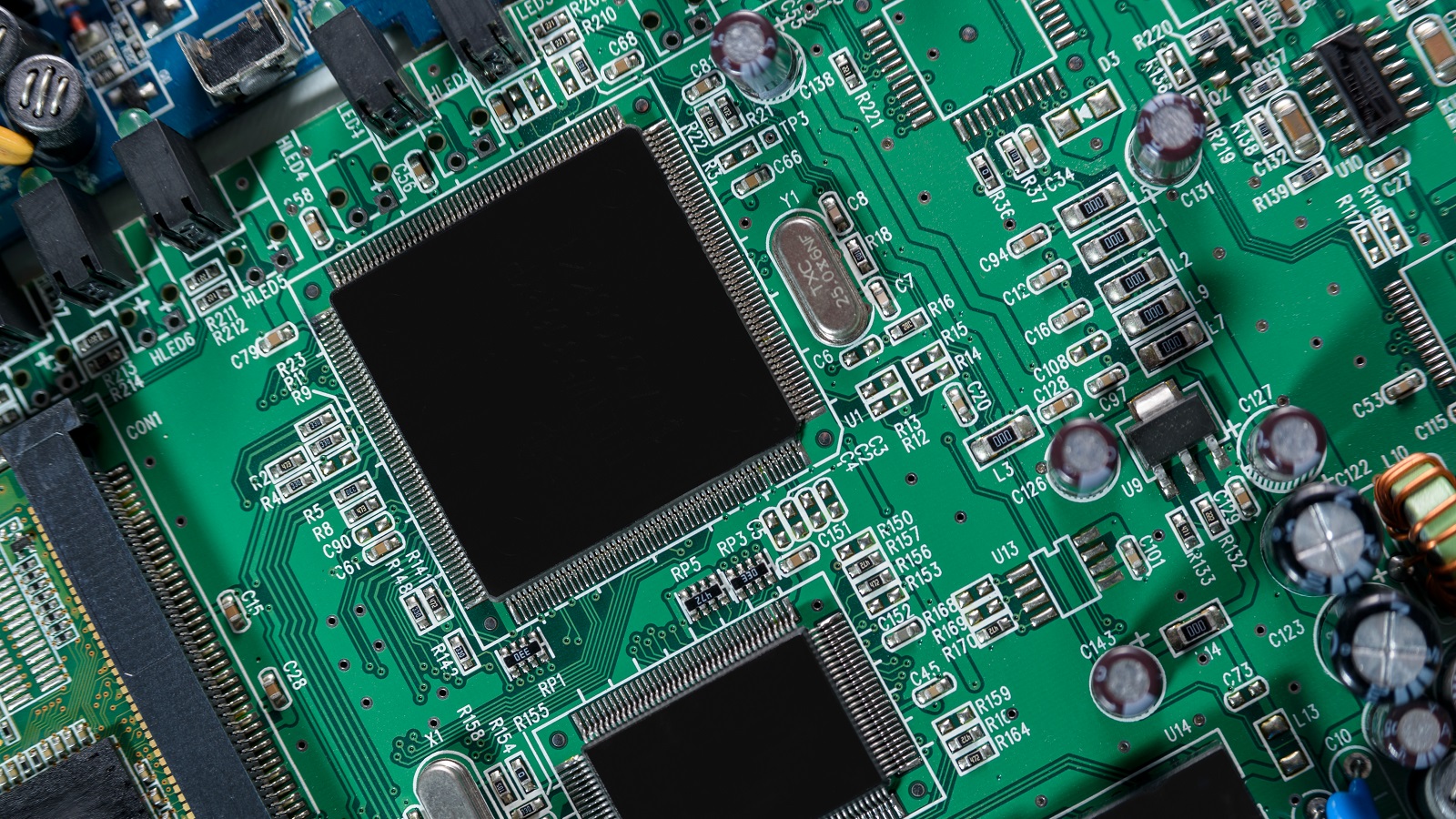
Aiding in the Flow of Signals
The ground plane is essential for maintaining signal integrity, which can be problematic in high-speed designs. In high-speed designs, the path of every signal must be carefully managed. In a PCB, the signal traces should have a well-defined return path to prevent interfering with the adjoining circuits. The ground plane thus gives a stable environment for this.
Signal Path Clarity: The ground plane provides a continuous path for the return of signals and prevents the signal from jumping into paths that are undesired. This reduces possible distortions and crosstalk that may degrade circuit performance.
High Speed Circuitry: In high-frequency applications, the ground plane becomes even more important because it minimizes inductive loops and capacitance issues that become very important to manage fast-switching signals.
Noise and EMI Reduction
A well-implemented ground plane greatly reduces electronic noise and EMI. Most operations actually generate quite a sufficient amount of noise or EMI from components that may cross over the board to interfere with signals or malfunction other components.
Noise Mitigation: The uniformity of the ground plane creates an extensive path for the discharge of excess energy, hence reducing noise generation and absorption.
EMI Shielding: The ground plane effectively absorbs and damps off both external and internal electromagnetic disturbances that may interfere with circuit operation; thus, it forms a very important part of interference defense mechanisms.
Efficient Voltage Return
Voltage return is another crucial feature of the ground plane: Most components on a PCB connect to some kind of power net, and the ground plane acts as a return path for these voltages. This aids in consistent performance throughout the board.
Voltage Pathway Efficiency: In multilayer boards, assigning one full layer to the ground plane simplifies connections by reducing the need for complex routing and enhances voltage returns efficiently.
Component Performance: The performance depends upon a consistent ground that resists fluctuations or power dropouts and hence becomes highly critical in complex power-consuming circuitries.
Power Integrity
The ground plane flattens out the voltage spikes and assists in smoothing the power throughout the board. It is crucial for systems needing power integrity since malfunction and even complete failure of parts will be at hand.
Power Distribution: The presence of ground planes ensures that power is uniformly distributed and prevents localized power surges that can damage sensitive components.
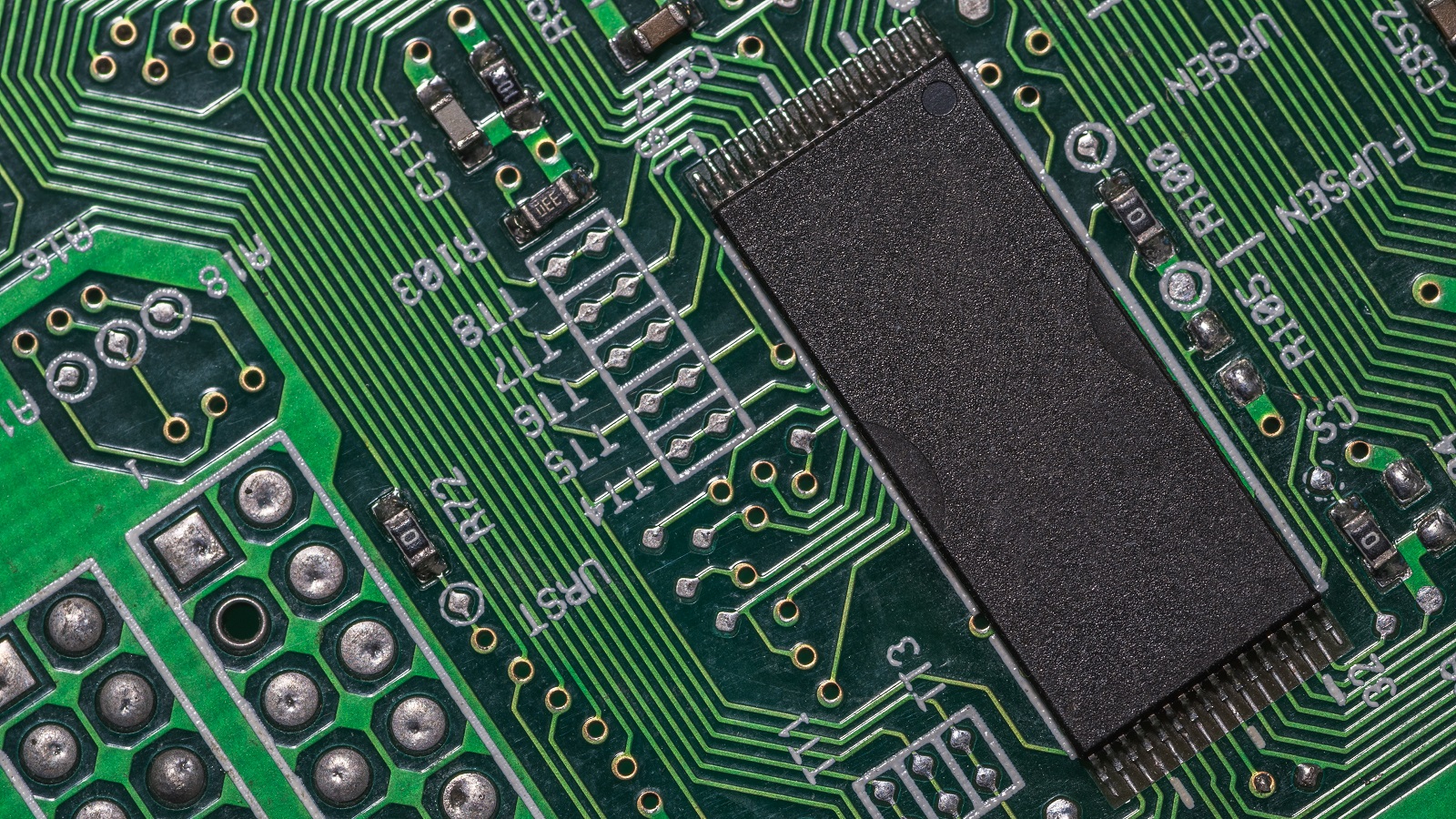
Practical Strategies for Ground Plane Design
To realize beneficial use of the ground plane, designers must make sure that strategic design practices are followed in ensuring utmost efficiency and reliability:
Continuity Maintenance: Make sure that the ground plane across the PCB is continuous without any breaks or segments to avoid impedance mismatch or unstable flows of current return.
Optimized Ground Configuration: The length of the ground paths in the layout configuration of the ground plane must be minimized. Allow its shape and position to reduce the area of current loops.
Ground Plane Extension: If the application involves high frequency or high power, then the use of ground plane extension is helpful to immensely reduce current density issues along with minimal coupling and electromagnetic interference.
Inter-layer Coupling Prevention: Isolation and gap strategies in the design of signal and power layers will keep them separate and distinct to prevent coupling interference in multilayer PCBs.
Thermal Management in Design Integration: Integration of thermal management into the ground plane design may be assisted in dissipating heat effectively. Place the plane in such a way that it assists in the regulation of the temperature of the PCB, hence improving the reliability and lifecycle of the board.
Conclusion
That is, the ground plane of a PCB forms a backbone on which performance, stability, and reliability of modern electronic circuits rest. That itself provides a coherent, low-impedance path for signal and power return to minimize noise and EMI at the same time, while assuring even power distribution. The ground plane is an intrinsic part of any PCB design that cannot be ignored. It hence has a potential to be optimized through strategic planning with advanced design techniques that an engineer would implement to optimize the ground plane for an extended functionality and durability of a circuit. The ground plane is therefore a crucial ingredient in the making of an electronic design.
Hot Tags:
Contact us

If you can't find what you're looking for, please contact us.
Article
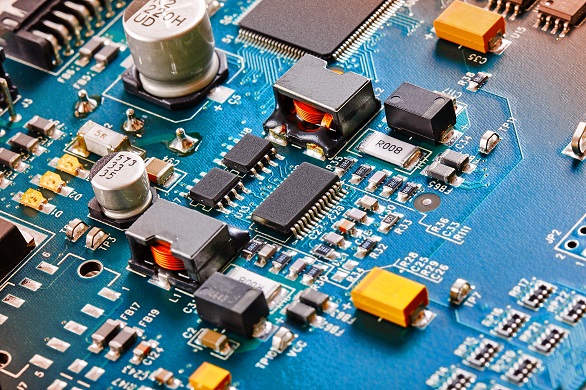
PCBX offers fast, high-quality turn-key PCB prototype assembly services, including fabrication, component sourcing, and testing, all at competitive prices, to accelerate product development.
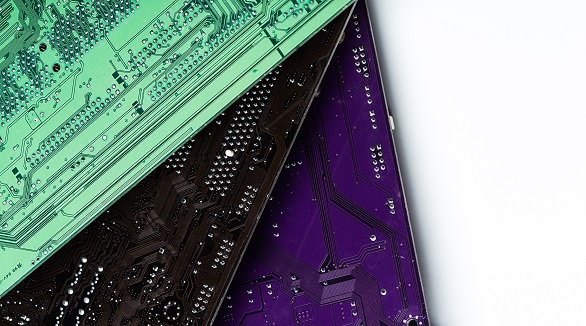
PCBs (Printed Circuit Boards) are fundamental in electronics, composed of multiple layers like silkscreen, soldermask, copper, and substrate, chosen for specific electrical functions.
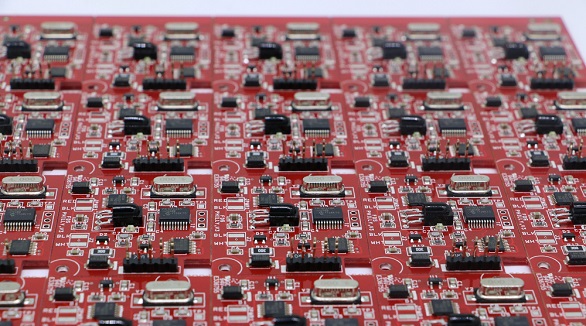
Thermal management is all about more than just keeping the temperature of electronic systems and printed circuit boards low. It has been a key issue related to reliability and performance. Of the very basic fundamentals that would be studied in the field, some are concerned with methods of heat transfer. These are through conduction, convection, and radiation. The methods of cooling include natural cooling, forced-air cooling, fluid cooling, and evaporation cooling. Appropriate thermal design rules shall be followed wherein the chosen materials provide optimum thermal conductivity and the components of a system are so laid out that no hot-spotting will take place. Thermal analysis becomes critical in pointing out heat-related issues and optimizing the design. It thus minimizes failure rates and enhances stability and functionality of the electronic systems through comprehensive thermal management.